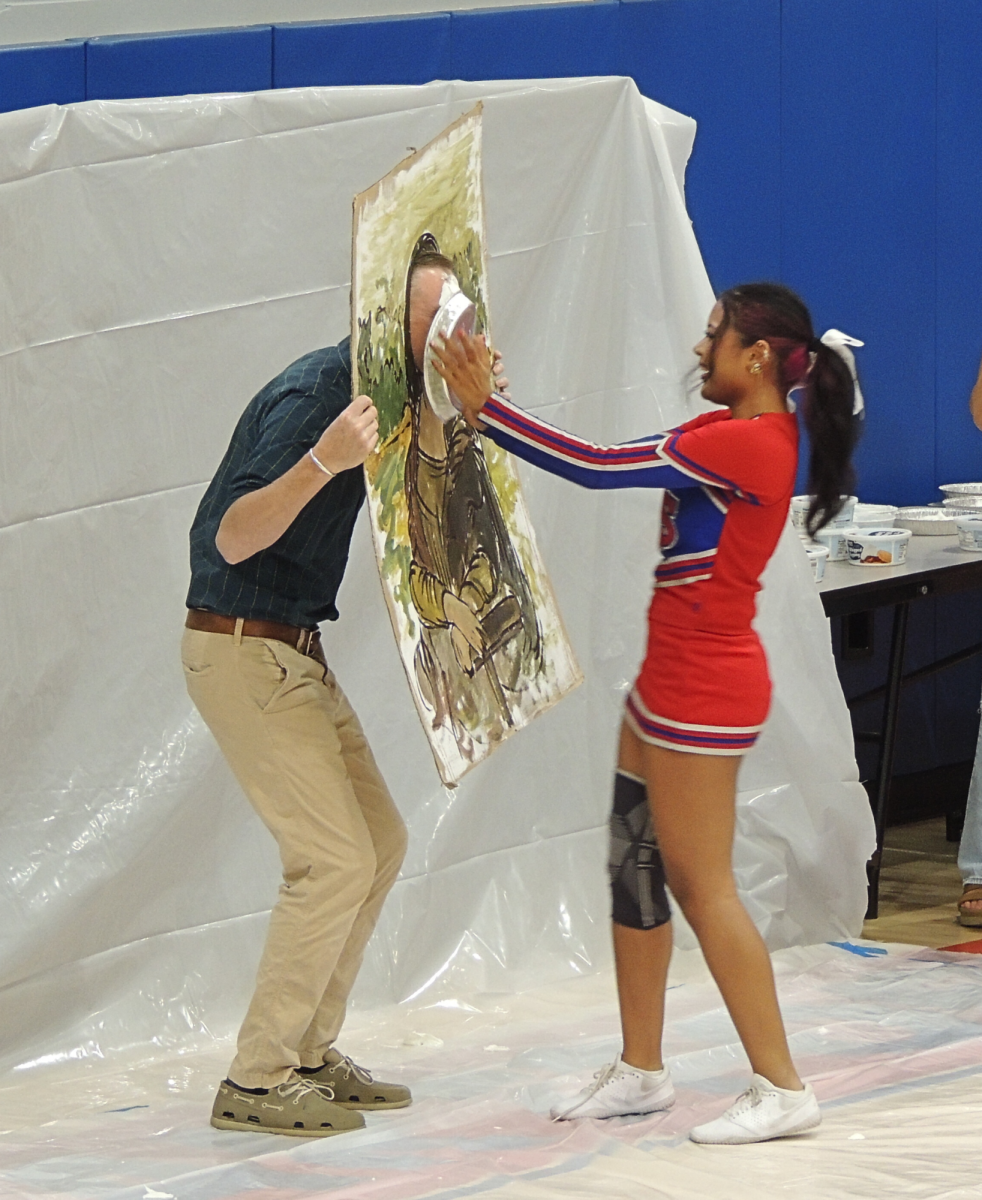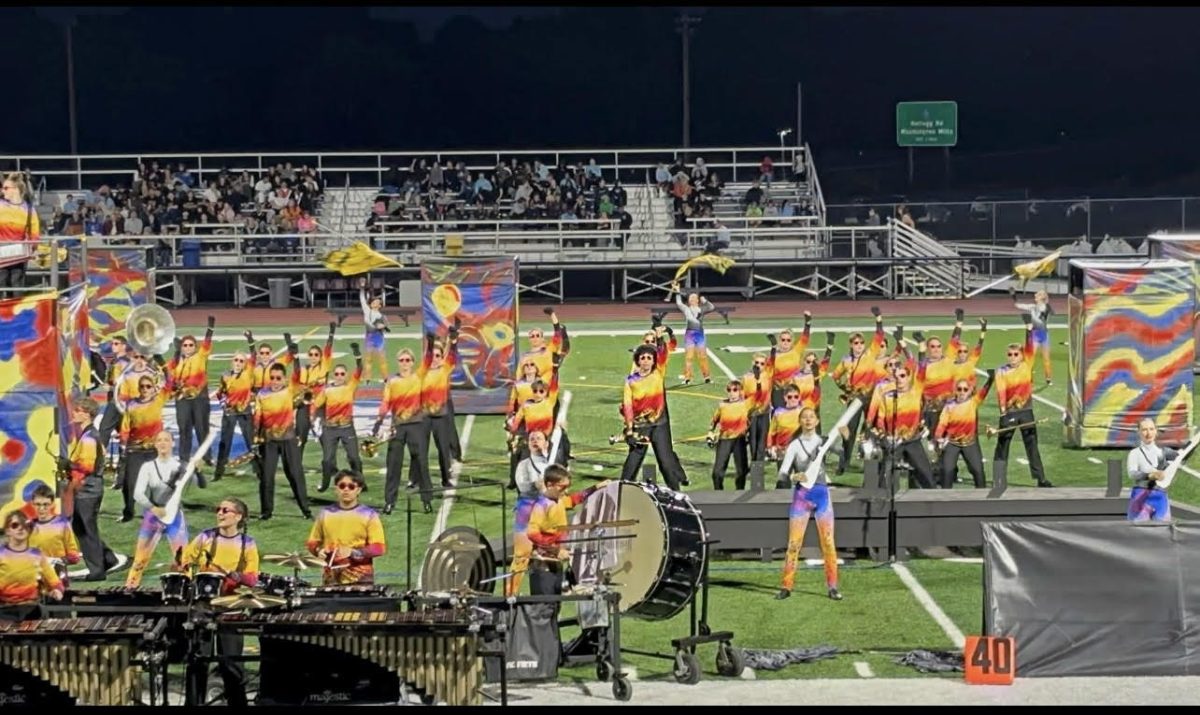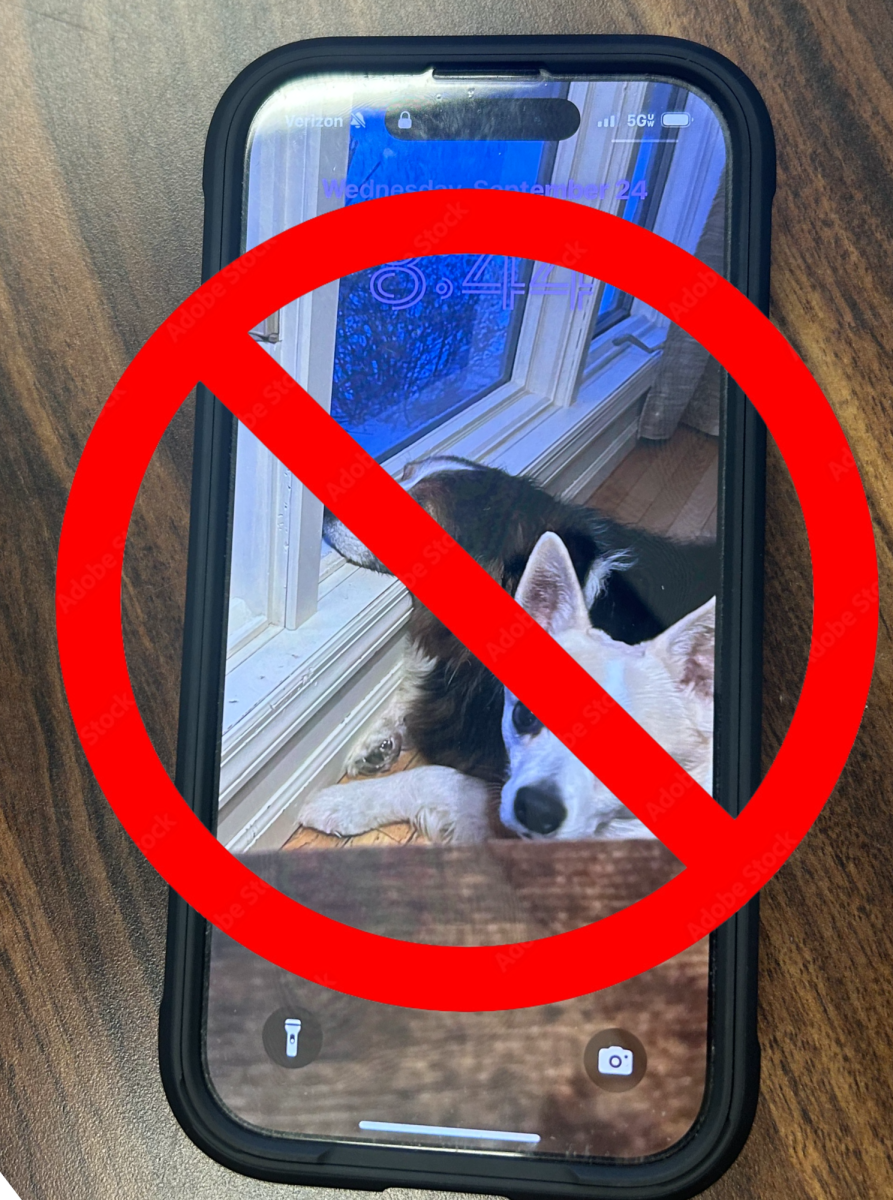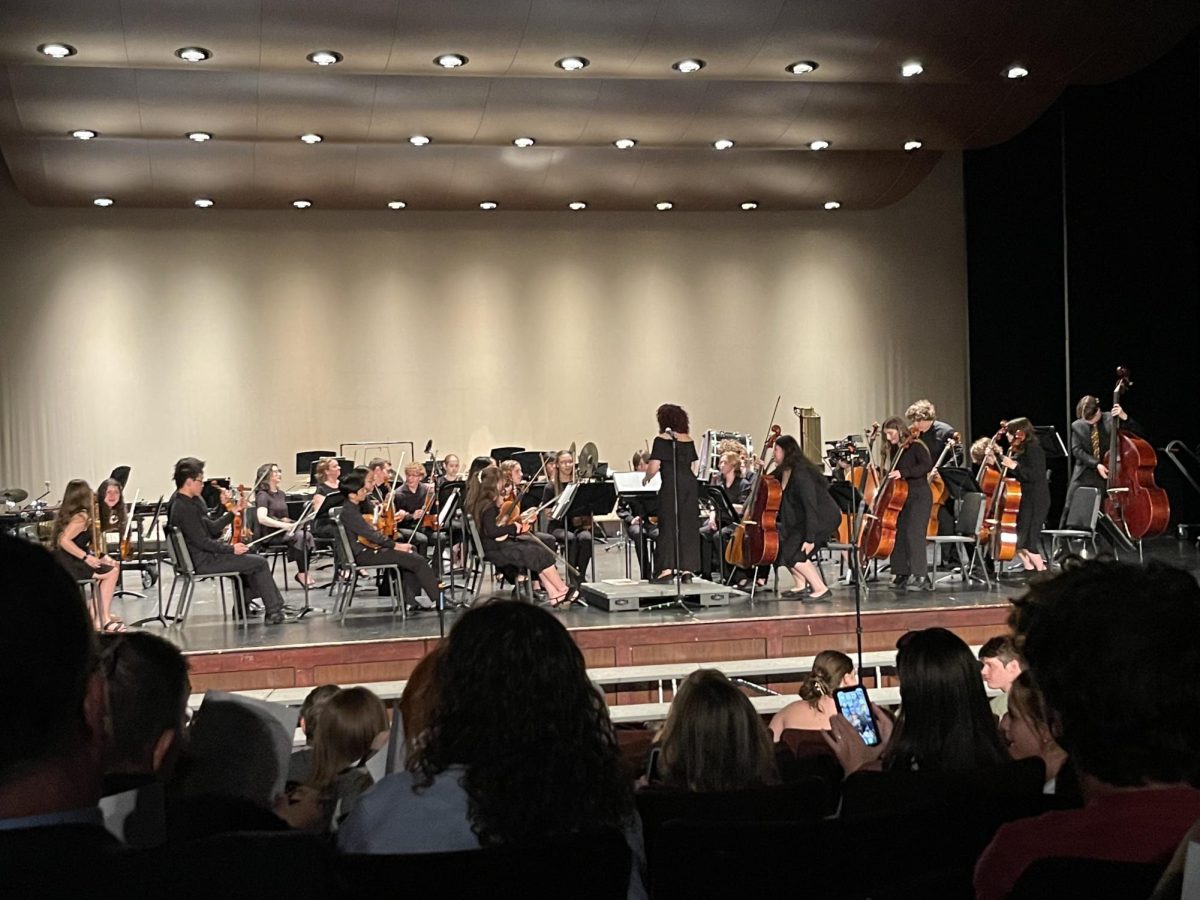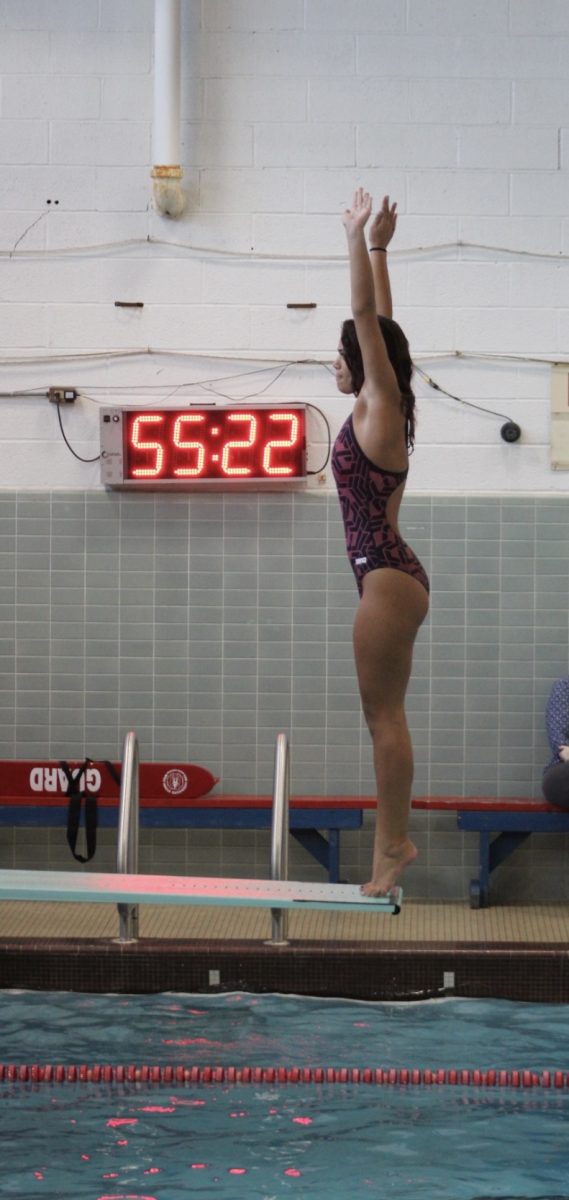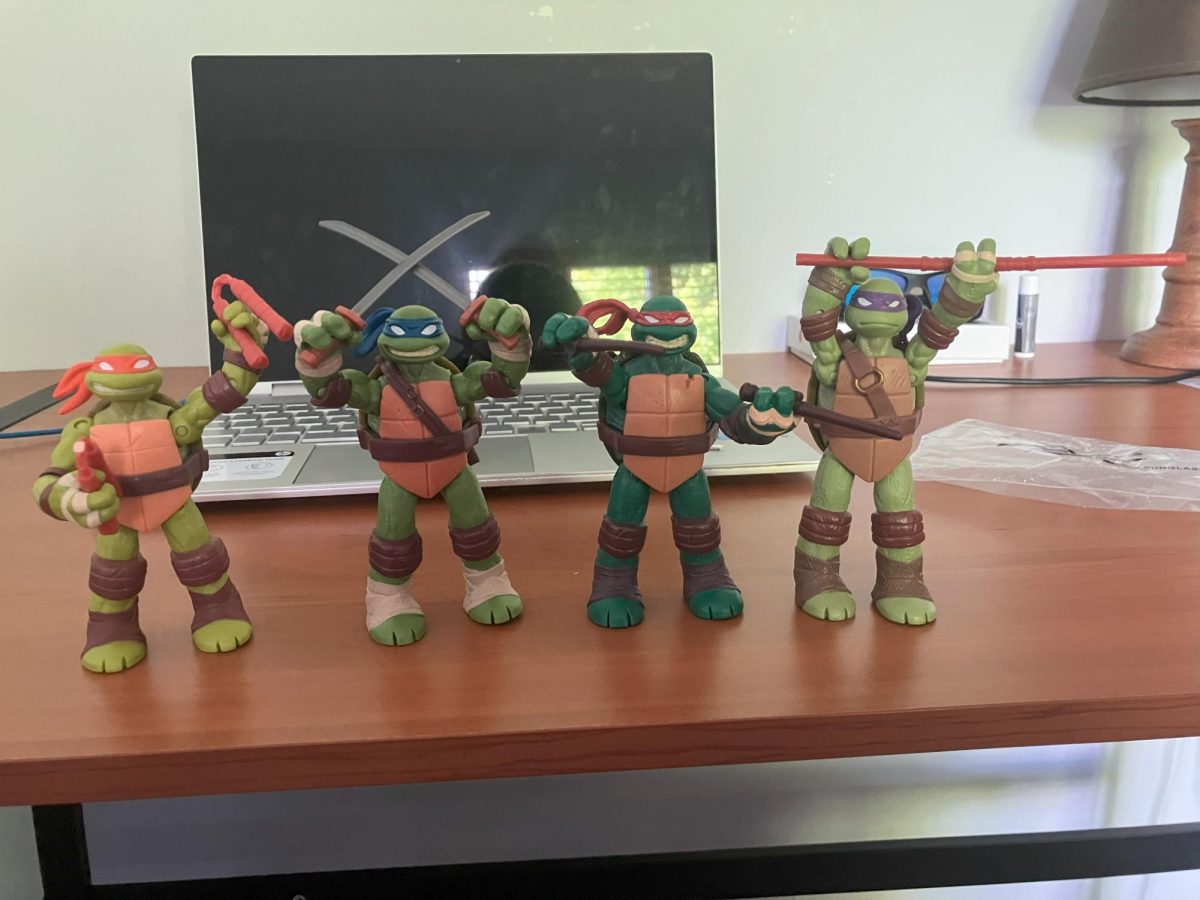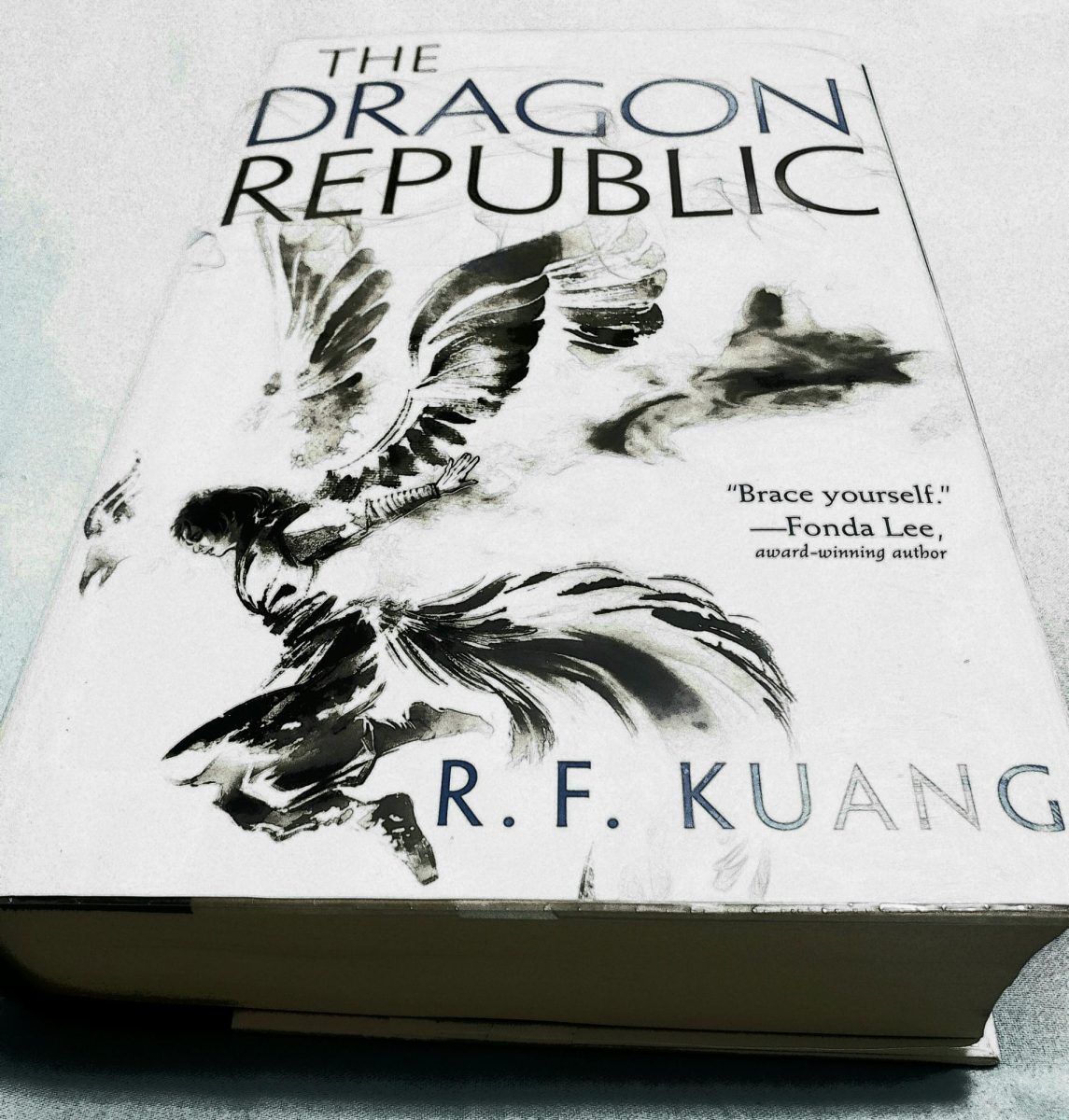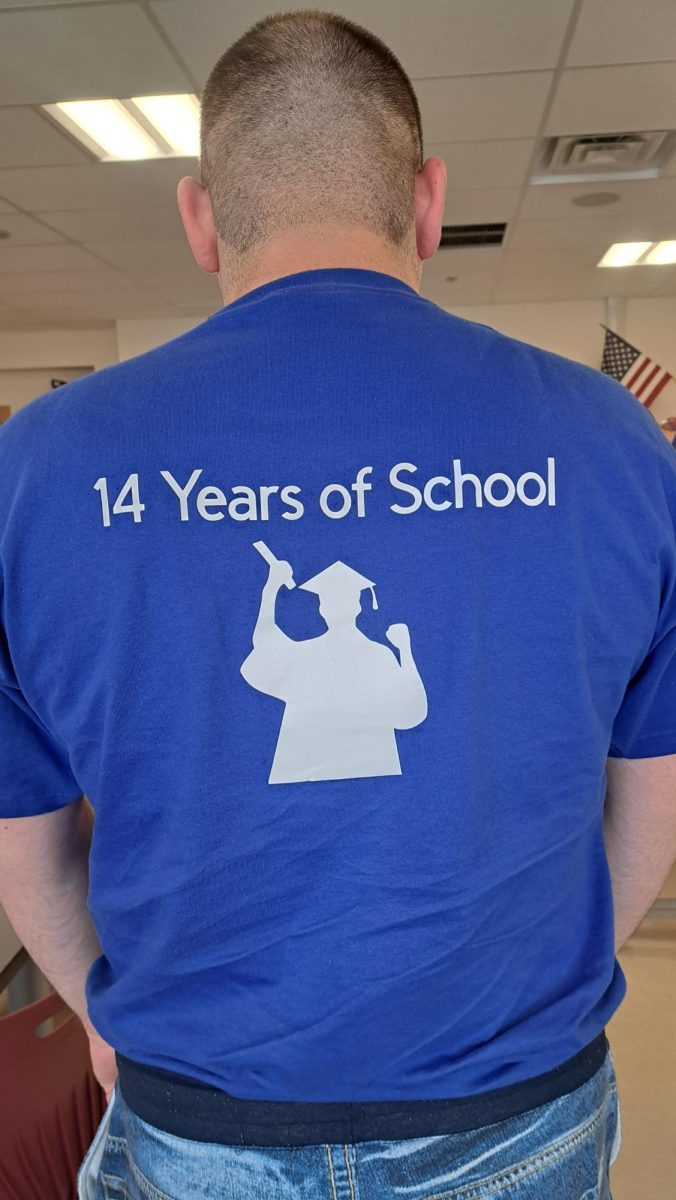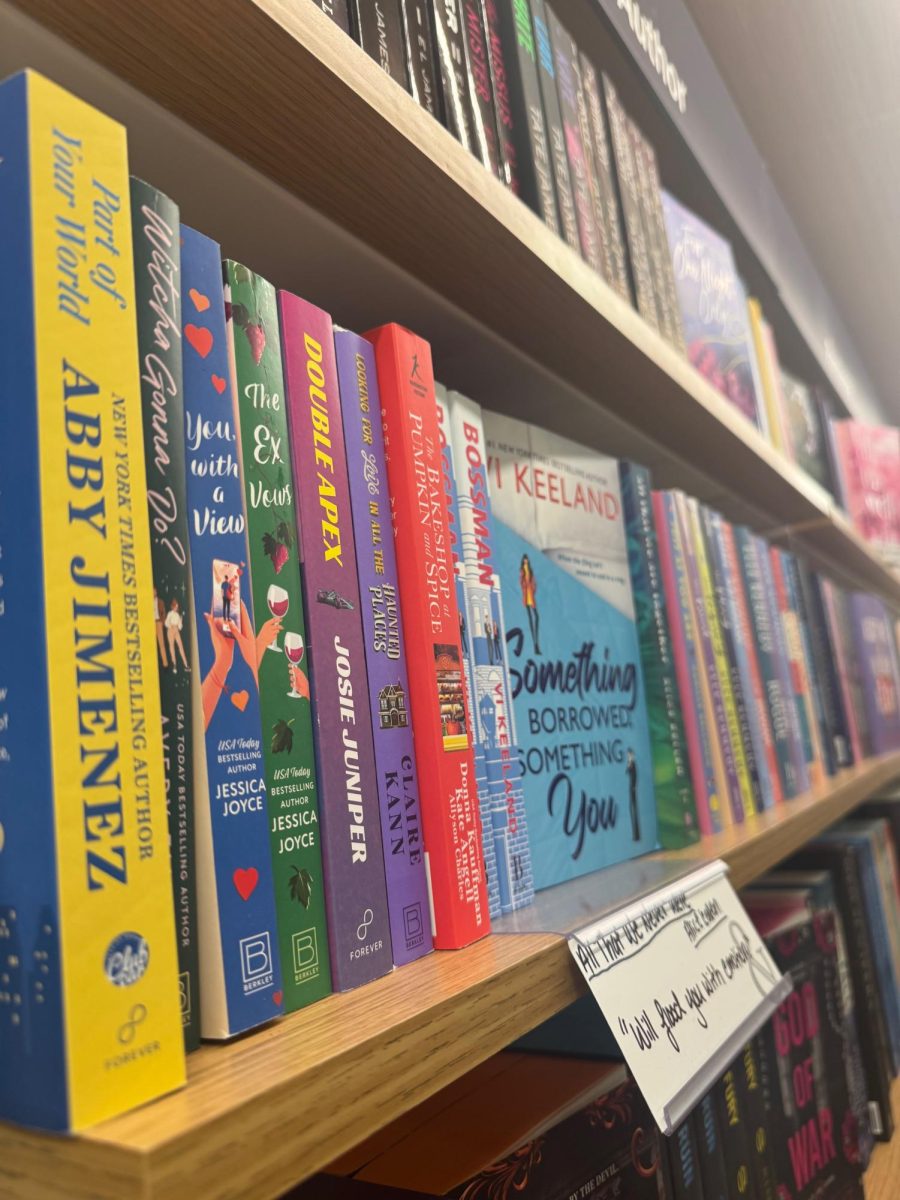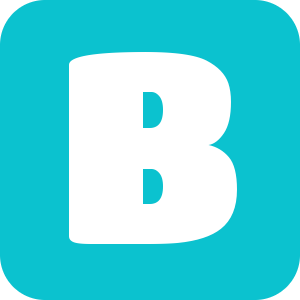A classic staple of French class at New Hartford: Blooket. Every French student is familiar with the iconic “B” logo, the Blook Marketplace, and the “Enter Game Pin” bar. In addition to this, there are several other games played in French regularly. But which one is their favorite?
Madame Arbogast, the French teacher at the high school, implements the use of many games to help students learn the French language.
Blooket
By far, the most popular game right now is Blooket. Its versatility is unmatched as it can be used for both homework assignments and in-class games. It can help French students learn vocabulary.

“A person needs to be exposed to a word at least 70 times before they commit it to memory,” Madame said. “Blooket helps with vocabulary exposure as the quick, repetitive nature of the questions solidify their learning.”
When it comes to game modes, Madame has a preference for which modes her students play. She finds that Gold Quest is the most popular game. It always has a festive design that matches the season. For instance, it was just recently set to a St. Patrick’s Day theme, with pots of gold and rainbows plastering the screen.
However, Madame is certain that Crypto Hack is the worst. It has a mundane and repetitive design and gameplay.
“The kids don’t have a choice in who they hack and steal Crypto from,” Madame said.
One of the downsides of Blooket is that sometimes it becomes boring. Even though there are many different game modes, you don’t get to move around a character and play a truly interactive game. At times, it feels as if you’re just answering the questions.
But a new gamemode in Beta testing may change that.
Blooket recently introduced “Laser Tag” as a new mode in which players are able to use their keyboard to move their character around and “shoot” other players. Power Ups are laid out across the map to help you gain an advantage over your peers.
Ashton Abukhdair, a current sophomore in French, proclaimed that Laser Tag is his favorite game in French.
“With this gamemode, it is much easier for me to win. I am skilled in games like this as I play Roblox a lot, and it’s really fun to shoot at others in the game. The powerups that I can get around the map make it even more fun,” he said.

“This new game mode is very reminiscent of Gimkit since the students have the ability to freely move their own Blook. It is more interactive than the previous Blooket games,” Madame said.
Gimkit
Gimkit previously held the title of the most favorite game. Like Blooket’s Laser Tag, Gimkit’s games were more interactive and “fun”. Fishtopia was a fan-favorite game where players had to answer questions to get bait in order to fish. Upgrades to their fishing setup and access to more exclusive fishing areas were purchasable with the money gained from selling their fish.
Other game modes, such as Trust No One and Snowbrawl, were memorable favorites.
But all good things must come to an end, and that was the case with Gimkit. It can no longer be accessed on school-issued devices and the school firewall due to security and privacy concerns.
Kahoot
Kahoot is another online educational game, similar to Blooket. However, Kahoot is seen as a more boring and repetitive game as the classic game mode is simple – students must choose the correct answer in time. While simple, Kahoot is perfect for the more competitive French students – a race to see who can choose the correct answer before the others.
To remain competitive with the likes of Blooket and Gimkit, Kahoot has introduced a couple of new game modes, including Robot Run.
This game mode requires players to answer questions to gain a “boost” to run away from the robot. Failure to do so will result in your player getting electrocuted. After this, all players are brought to a “safe zone” where they have a limited amount of time to get into the highlight area on the map to stay safe, similar to “The Floor is Lava.”

Madame, though a fan of this more interactive game mode, prefers the classic style of Kahoot.
“[The classic Kahoot game] can be used as a teaching tool as it gives direct feedback in real time. I am able to tell what questions the students need more help with. This game is better for in-class instruction as opposed to the statistics given in Blooket,” Madame said.
Je l’ai!
In a different direction, one of the most beloved French games involves no screens.
“Je l’ai!” which means “I have it!” in English, is a heart-racing game involving flashcards. The class is split into 2-3 groups each consisting of around 5-8 students, depending on the class size. Each team is given a set number of flashcards in French, and it is up to the team to decide how the deck gets split.
Once each player has their set cards, it is up to them to memorize the meaning of their words in English. The students grip onto the sides of their desks in anticipation of Madame’s next words.
Madame Arbogast’s job is to say a word or phrase in English. Whichever team grabs the corresponding flashcard and raises it in the air while saying “Je l’ai!” wins the point.
“Je l’ai is a more physical game as opposed to the virtual games,” Madame Arbogast said. “It involves more moving and makes it a more engaging experience. Students must be intense, be quick, and be competitive.”
Leah Ingersoll, a current French 3 student, claims “Je l’ai” as her favorite French game. She said, “I am a very competitive person, and Je l’ai is the perfect game for a person like me. I love its fierce competitiveness and I love to win.”
Katelynn Phelps, a sophomore who took French 3 in the fall, also enjoys “Je l’ai.”
“Je l’ai seriously helps me with memorizing French words,” Katelynn said. “I am able to learn vocab more efficiently, and I really like the fast-paced nature of the game.”
Gamification
Education is trending toward a more fun and technological way of learning by incorporating more educational games within the curriculum.This movement is known as “Gamifying Education.”
Though it may seem odd, there are a few scientific studies that support this movement. Incorporating more fun ways of learning into the classroom, such as games, drives student engagement and brings them to interact with the course material on their own, according to an article published by Smithsonian.
It also changes the attitudes of the students themselves. In a study of students in higher-level education in health sciences, the introduction of games within the curriculum allowed for students to bring a more positive attitude to the learning process. Studying and learning was viewed less as a chore, and seen as more desirable (National Library of Medicine).
While the results of gamification are seen positively in several studies, Madame shares her own personal experiences with it.
“When I first introduced these online games, it was an immediate success, and I saw improvement in the students’ vocabulary acquisition,” Madame said. “But the novelty of these games has faded. The students see these games as something they now deserve and are entitled to, with a push for more and more entertainment and less true learning.”
“Though the games make learning the vocabulary more interesting, it also makes the students view any other work that isn’t a game as boring and unnecessary, increasing the lack of student drive,” she adds.
“FEEFs” or “French English English French” are worksheets where students must translate vocabulary in both directions to the best of their ability. These worksheets involve many words, and take effort and time to complete. Though it seems like gruelling work, this is one of the best ways to completely understand and internalize new French words.
“I see better results when I hand out FEEFs to the students as opposed to the games. However, that is only when the students choose to do them,” Madame said. “I would rather have the whole class play a game like Blooket and get some learning out of it rather than only having a handful of students complete the FEEFs.”
And The Favorite Is…
With the wide plethora of games available to the French students, there simply isn’t a “most favorite.” Each and every French student had different interests and opinions. Some students are extremely competitive and adore “Je l’ai” while other students may prefer more calm environments and prefer Blooket’s “Gold Quest.”
With more games and entertainment being incorporated into each classroom, does it truly help students, or does it do more harm than good? And if you had to choose, which one of these games would you pick to play?
